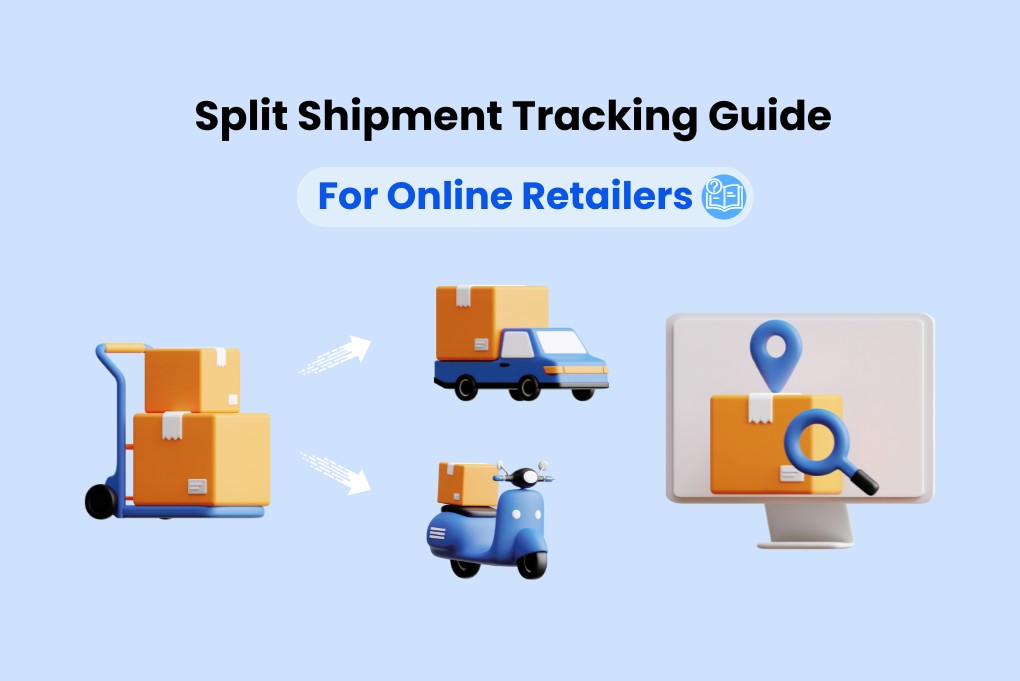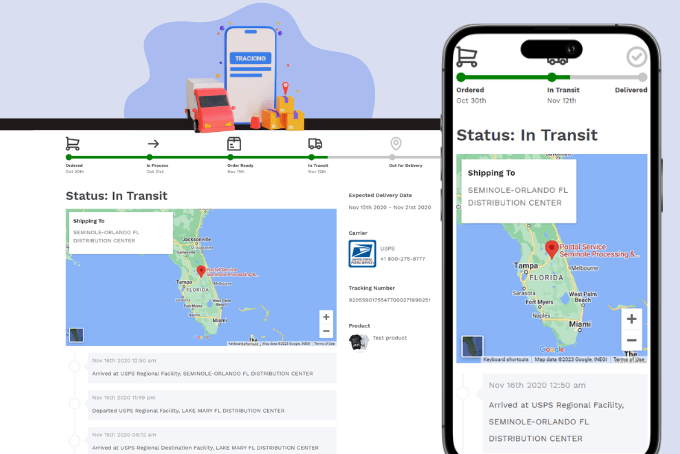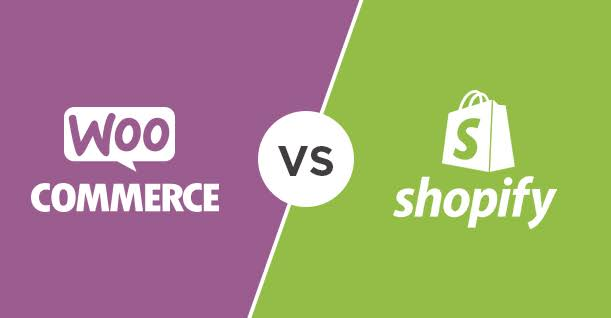Split Shipment Tracking Guide for Online Retailers

Split shipments help online retailers overcome supply obstacles like fulfillment from different warehouses or to different locations. However, they present an extra hurdle in an online retailer's bid to satisfy customers with a seamless delivery experience. Online retailers have to deal with increased WISMO queries from customers who do not understand the partial fulfillment status of their orders.
Mismanaged, split shipments can potentially lower a customer's shopping experience and adversely affect repeat sales. Strategies like synchronized tracking and enhanced communication help reduce the customer's anxiety.
This article offers a guide to help retailers improve customer experience if split shipment is unavoidable.
What is Split Shipment?
Split shipping means dividing a single order into multiple-piece shipments and fulfilling them separately. For example, a customer may receive multiple shipments of parts to build a PC even when they placed a single order.
This may be necessary where the parts are in different warehouses or the order is too large for a single package.
Each package of a multiple-piece shipment receives a separate packaging and tracking number and may be delivered separately. Though split shipments help retailers overcome fulfillment obstacles, the multiple deliveries have the potential to inconvenience and annoy customers.
Split Shipment vs Joint Shipment
On the other hand, joint shipping involves consolidating multiple orders into a single shipment. Joint shipping helps reduce shipping costs and simplifies logistics. It is also convenient for customers, especially when scheduling to receive the shipment once. Even when consolidated, each shipment might have a unique tracking number.
Why Adopt Split Shipments?
Split shipments complicate the shipment process, make it costlier, and possibly undermine customer experience. However, it is also necessary and helpful for the following reasons:
1. Orders Fulfilled from Different Warehouses
Sometimes, a customer's order cannot be fulfilled from a single warehouse. For example, if a customer orders 100 items, yet warehouse A holds only 20 items and warehouse B 80 items, the order must be split into two shipments of 20 and 80 items. In such cases, implementing a Modula lift system can optimize inventory management and streamline order fulfillment, reducing delays and inefficiencies.
The retailer can still satisfy the customer through split shipping even though fulfillment from a single warehouse is impossible. It may be necessary for the customer to schedule different delivery times as the shipments arrive separately. Attaching a unique tracking number to each consignment helps in reducing WISMO queries.
2. Items Cannot Fit in One Package
Split shipping is applicable when the items cannot fit in one box. Odd-shaped items are usually difficult to fit in regular-shaped and sized packaging boxes. Similarly, it is often necessary to split very large or fragile items into multiple pieces for easier shipping. Split-shipping items that won't fit in one package is also cost-effective. Rather than end up with an oversized box that attracts premium shipping charges, it may be cheaper to have multiple packages to benefit from a volume discount.
3. Products not Currently in Stock
Sometimes, a customer pre-orders an item not yet in stock. If only part of the order has become available, it may be better to ship partially rather than wait to stock the entire order. This applies to manufactured or customized items, where the order is fulfilled as the items are ready.
By partially shipping as the items are ready, the retailer can prevent delays and optimize shipping routes. In international shipping, splitting the order may simplify a complex process where different items of a single order are subject to different customs regulations with a time-lapse.
For the retailer, split shipping as items come into being also frees up warehouse space, improving the efficiency of how they use storage space.
Generally, some best-sellers may have already been packed for fast shipping. Where repackaging requires extra labor and costs, it is a better use of resources to package the other items separately as they come into being. Furthermore, separate packaging for items where they are manufactured rather than centrally saves on labor and additional costs.
4. Non-Urgent Delivery of Accessories or Free Gifts
Accessories of a certain product can be split and shipped differently if their delivery is not urgent.
- Splitting them gives the retailer time to customize the package if they are gifts or cannot be packaged in the usual manner.
- Shipping accessories separately from the main items allows the retailer to process the entire order faster while minimizing inventory-holding costs.
- It's also wise to delay shipping of free gifts that are bulky and heavy since customers need a while to try the product that might be returned.
Though customers may not expect the accessories urgently, split shipment may enable faster delivery, which enhances customer experience.

5. Orders to be Delivered to Different Locations
Customers can request a single order to be shipped to multiple locations for different reasons.
For example, customers typically require gifts to be shipped directly to the recipient. Also, because of convenience, a customer may place a single order for items intended for different purposes, such as personal and business items that must be delivered to different locations. A customer may also place a single order and request delivery to their multiple residences.
It is only by split shipping that an order to different locations can be fulfilled efficiently and cost-effectively, which is excellent for both retailer and customer.
Drawbacks of Split Shipping
For all the good they do, split shipments can cause problems for online retail stores unless adequately managed.
Here are some specific issues that arise from split shipments:
1. Increase in WISMO tickets
Partial delivery of an order leaves customers anxious about the fate of their full order, leading to an increase in WISMO queries. Indeed, more WISMO tickets arise from split shipments for many retailers than any other source.
Most of the impact of WISMO queries falls on your customer support system, which may bog it down and prevent it from engaging in support that drives sales and growth. Especially for a one-person business, WISMO queries can hamper the ability to scale.
If the support is ineffective, it may negatively affect your brand, give a bad customer experience, and cost you in repeat sales.
2. Extra Packaging Costs
Ideally, packaging should cost around 10%-40% of the selling price to maintain profitability. However, split shipping typically requires separate packaging, increasing the cost by as many times as the shipment is split.
Each package of a multiple-piece shipment requires its own package, label, and documentation, placing a strain on the fulfillment system. More labor has to be allocated to the process, as well as more room on the warehouse floor and transport trucks. It is even worse for customized packaging.
Eventually, this cost ends up on the bottom line, where it eats into profits or inflates the cost of the product, making it less competitive.

3. Negative Customer Experience
Split shipping may provide a bad customer experience, especially if the customer is in the dark about the process. Multiple deliveries may inconvenience a customer who has to schedule time to receive the package or drive to the pick-up point numerous times. Also, partial delivery may cause customers to delay a project and increase their anxiety about the whole order.
The customer may respond by canceling or returning the order and requesting a refund or shopping elsewhere next time.
Retailers can avoid this by incorporating the customer into the process from the start, offering a transparent tracking experience, and proactively communicating with the customer.
4. Increased Complexity in Operations
Fragmented shipping makes logistic operations more complex. If fulfilling from various warehouses, the retailer has to manage inventory in different locations, which is more complicated. Besides, processing a split order requires more steps.
Since the orders are shipped separately, possibly from different locations, the shipment process and tracking become more complex. Typically, each package has a separate tracking number, though it is part of a single order.
Returns and refunds are even more complicated with split shipments. As the packages arrive separately, the customer may reject them separately, wholly or partially, leaving a lot of doubt about how the retailer will deal with the return.
5. Adverse Impact on the Environment
Split shipments increase the quantity of packaging used, particularly when returns are also taken into account. The most direct impact on the environment is that almost all of the packaging ends up polluting the ground, waterways, and the atmosphere. Besides, manufacturing the packaging necessitates environmental degradation.
Split shipments require even more transportation, increasing the product's carbon footprint and impacting the quality of life for current and future generations.
Split Shipment Tracking with ParcelPanel
ParcelPanel helps retailers provide a superior tracking experience while split shipping, vastly enhancing customer experience. By tracking through ParcelPanel, customers benefit from the following:
- ParcelPanel charges for tracking a single order do not change even when the order is split shipped, which is cost-effective for tracking multiple shipments.
- Different shipments under a single order receive individual tracking numbers. ParcelPanel generates a tracking page that makes it convenient for all the shipments under the order from the same page.
- ParcelPanel goes beyond Shopify's tracking functionality with its ability to track shipments across 1,100+ carriers worldwide. It also offers free expert service to match courier rules for higher accuracy and a seamless tracking experience.
- Besides, ParcelPanel enhances communication with the customer with proactive emails that update the customer on the progress of their shipment. This reduces WISMO tickets and empowers customers to deal with any issues as they arise.
All this is in addition to ParcelPanel's provision of a branded tracking page that promotes your brand and analytic features that help you run your business better.
Install ParcelPanel Order Tracking today for a superior tracking experience and manage split shipment tracking easily. What are you waiting for? If split shipment tracking is a big issue, install ParcelPanel and have a free 7-day trial.











![Top 10 Route Alternatives & Competitors [2026]](https://blog.parcelpanel.com/wp-content/uploads/2025/11/Route-Altenatives.png)

![Top 10 parcelLab Alternatives & Competitors [2026]](https://blog.parcelpanel.com/wp-content/uploads/2025/11/AfterShip-Altenatives-9.png)
















